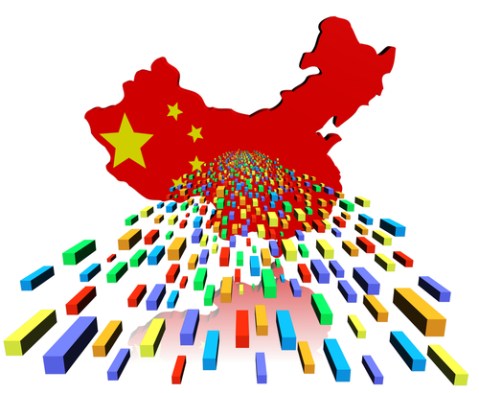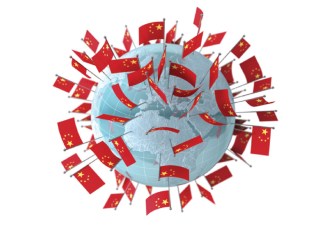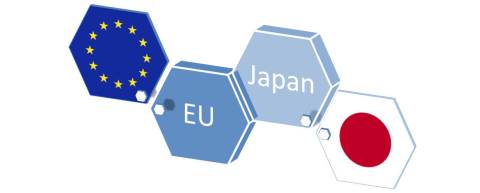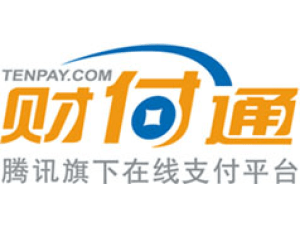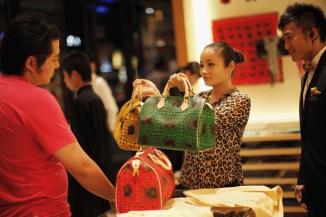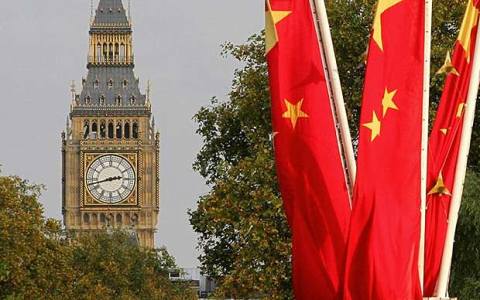China means top sales for highly ranked international brands. Approximately 30% of expenditures for luxury industry comes from China. Nothing new of course, as long as we well know that top spenders in China are people with age range between 20 and 35 years, really important data comparing with same target of buyers that in America or Europe are over 50s for power of purchasing.
That means brands have highly to care about specific and diversified marketing strategy for communicating and placing products that are bought by younger customers comparing than western markets. we are talking about high volume of sales that are much more achieved through online platforms than traditional flagship stores; usual offline-retail system is becoming more or less a window which brands can spread additional contents or marketing / customer caring activities more than common sale.

But the big change is represented by new dimension that influences common opinion about perception of what can be considered “high level” or luxury product.
If until few years ago, western brands were absolutely better for target of first tier’s zones and a must-choice for high power purchasing customers, nowadays connected spenders seem like to discover through WeChat new high-quality brands designed and produced in China, with branding that speaks about the beginning of new era for China, for both sides, production and purchasing.

It’s not only trend that involve fashion industry. We can clearly see it as result of general development of chinese economy and market that are influencing a sort of chinese proudness about the emancipation of production and industries on the way for establishment of glorious “Made in China 2025”, goal that Xi Jinping enforced as concrete potential and representation of Chinese system’s evolution, considered today not only as homogenous destination’s market for luxury brands but also an high level production’s country able to export quality to western countries.
In particular chinese brands are more sensitive about local customers needs and approach. If we talk about fashion, we can find high attention in local and frequent campaigns with well framed selection of features for products according with specific preferences for the area where the collection is promoted and sold; if we talk about new collections, in China they much more follows online campaigns than seasons and it’s very important to get ready to face with high demanding and susceptible buyers, always attracted by influencers comments and promotions as long as new designs or promotions. There’s huge and quick demanding of “contents” concerning brands and products and collection and for sure chinese industry is pretty much on right timing to provide such elements.
I think that beyond well known brands that already got nice positioning online and offline as luxury brands (but of course D&G’s debacle remind us that quickness and dynamism can be for sure opportunity for western players as well as tricky playground if not properly managed) this new perception and interest by high spenders for chinese production opens a new way of cooperation on the market for european designers and operators from the fashion industry ( I would like to say european more than american concerning the common opinion about US that China is assuming after some Trump’s declarations).
The attention for chinese investors now are not only on purchasing shares of companies that own important brands with decades of business and fame leaving them to develop on chinese market as “international and well know luxury identity or style”, but they are really much more oriented to cooperate with skilled designers or brands with experience in the field to develop new businesses that can fit with new market needs in terms of freshness, chinese appearance, and brand’s charisma that can get guided by social commerce. (we have to remember that some feedbacks can be collected by users from first tier’s zones as well as different comments can be issued by second or third tier’s zones but it doesn’t mean that luxury can’t be positioned with different volume on each area. It means specific skills and continuous care must be spent in these terms).
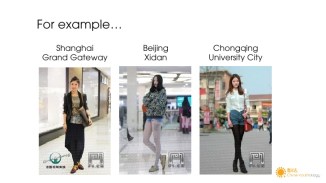
Yes, social networks, wechat’s community and campaigns guide towards the right route to build up a successful strategy for new chinese brand with something special (european engine and skills) and specific tools useful to change quickly something that doesn’t match properly with socialnets, sometimes can be offered with best result by chinese business partner or investor more than being solved with marketing directors that few or never faced with China on proper and specific way.



 Abe has been elected as PM for the first time in 2006. His short government was oriented in budget stability and expenditure cuts. In 2007 a series of political issues forced him to step down: the defeat at the House of Councillors elections; the suicide of one of his minister for agriculture due to his involvement in a case of corruption; and the resignations of the following agriculture minister for other judicial problems.
Abe has been elected as PM for the first time in 2006. His short government was oriented in budget stability and expenditure cuts. In 2007 a series of political issues forced him to step down: the defeat at the House of Councillors elections; the suicide of one of his minister for agriculture due to his involvement in a case of corruption; and the resignations of the following agriculture minister for other judicial problems.
